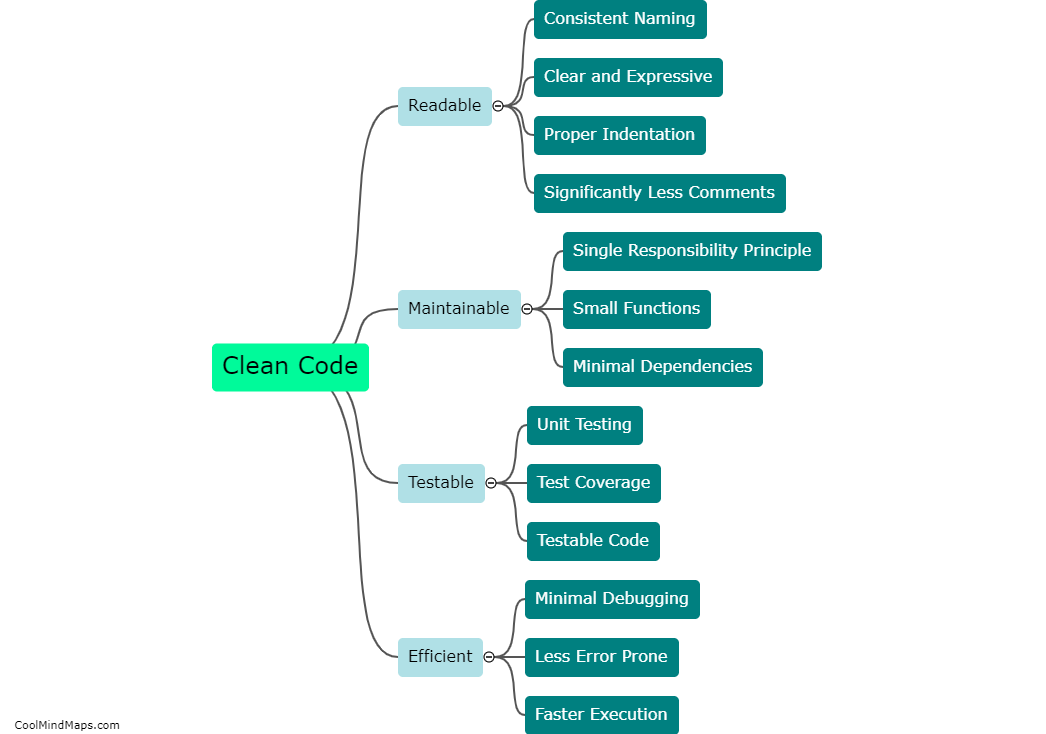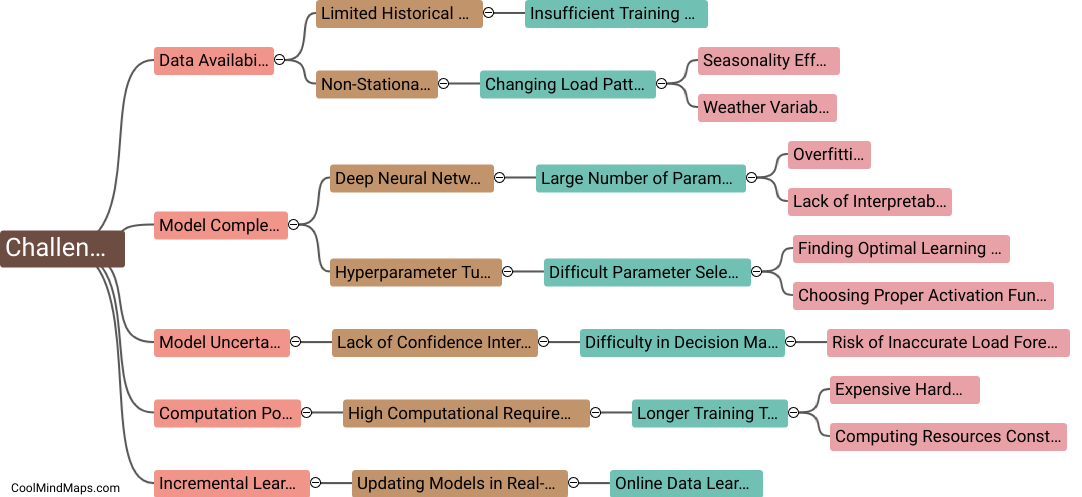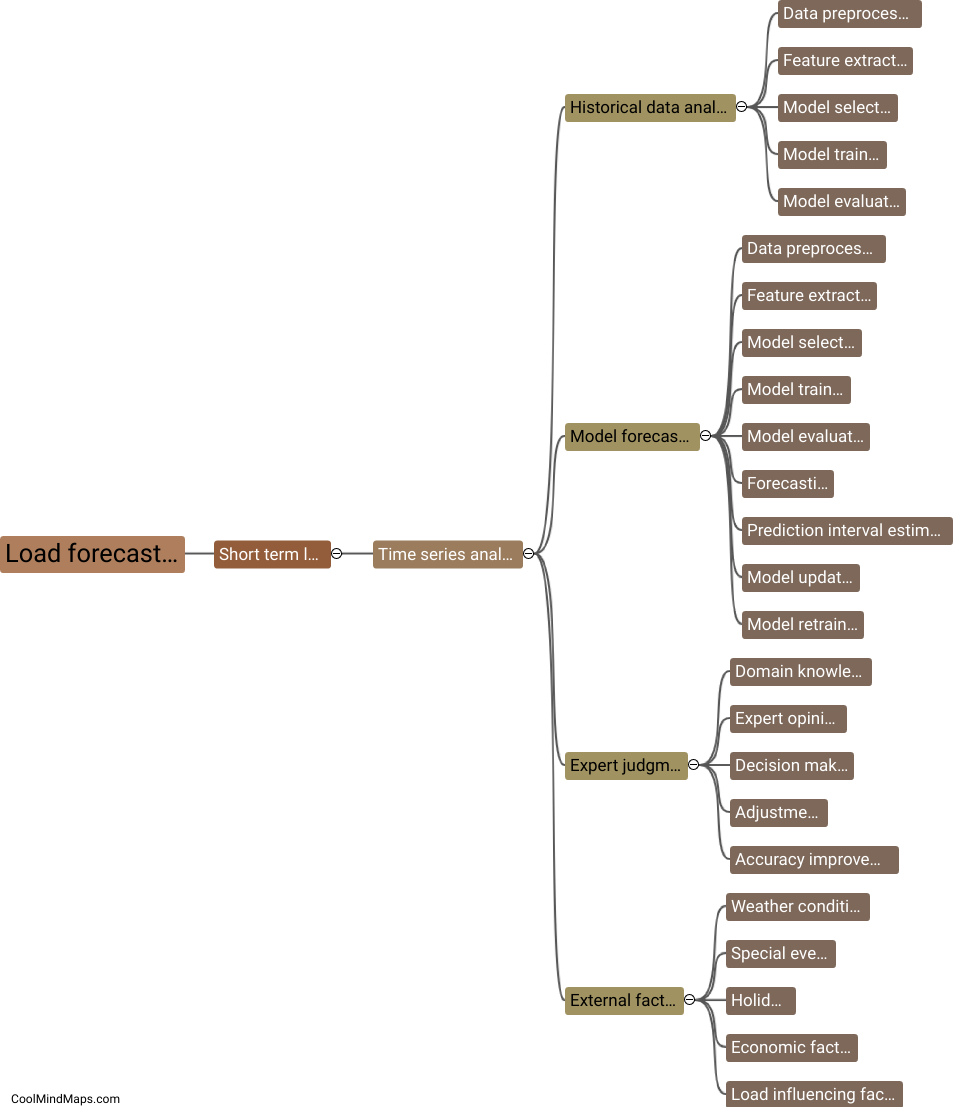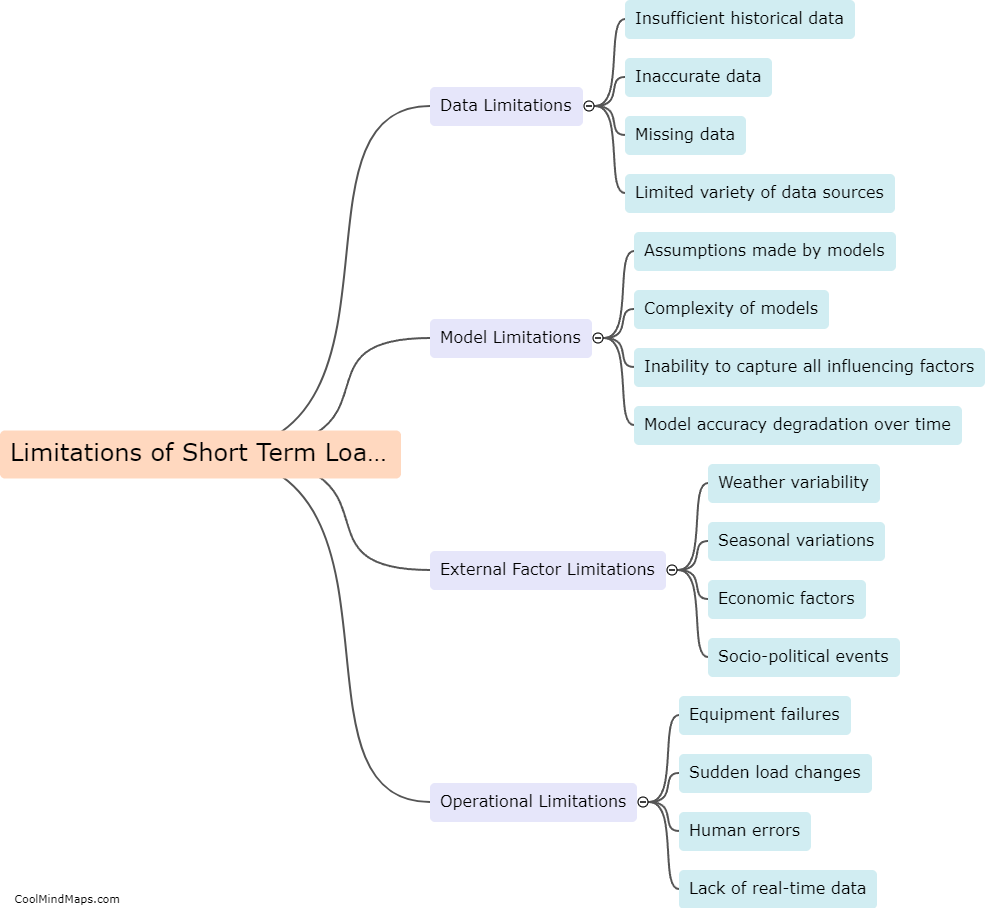What are the factors that affect short term load forecasting?
Short-term load forecasting refers to predicting the electricity demand over a relatively short time period, usually ranging from a few hours to a few days. Various factors influence short-term load forecasting, including weather conditions, time of day, day of the week, and holidays. Weather conditions, such as temperature and humidity, play a significant role as they impact the heating and cooling requirements of buildings, which in turn affect electricity consumption. Additionally, the time of day affects load patterns, with peak demand usually occurring during early morning and evening hours. Day of the week also contributes to load variability, with weekdays generally exhibiting higher demand compared to weekends. Furthermore, holidays, special events, and anomalies like extreme weather conditions or unforeseen events can cause significant fluctuations in short-term load forecasting. Accurately accounting for these factors is crucial for ensuring reliable and efficient electricity system operations.

This mind map was published on 17 October 2023 and has been viewed 96 times.











